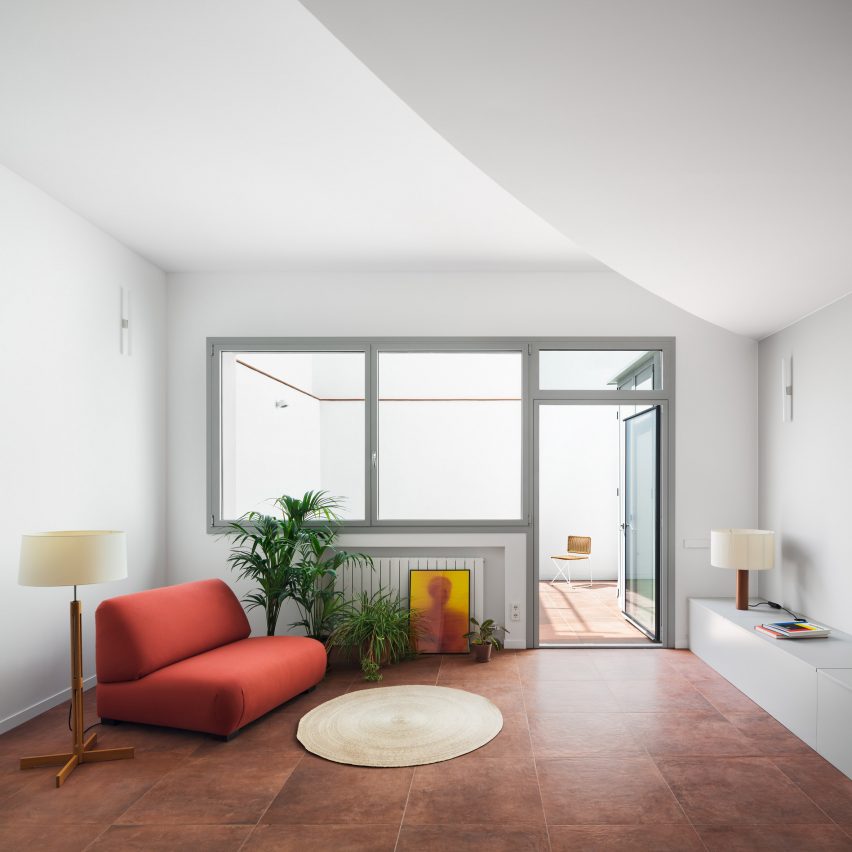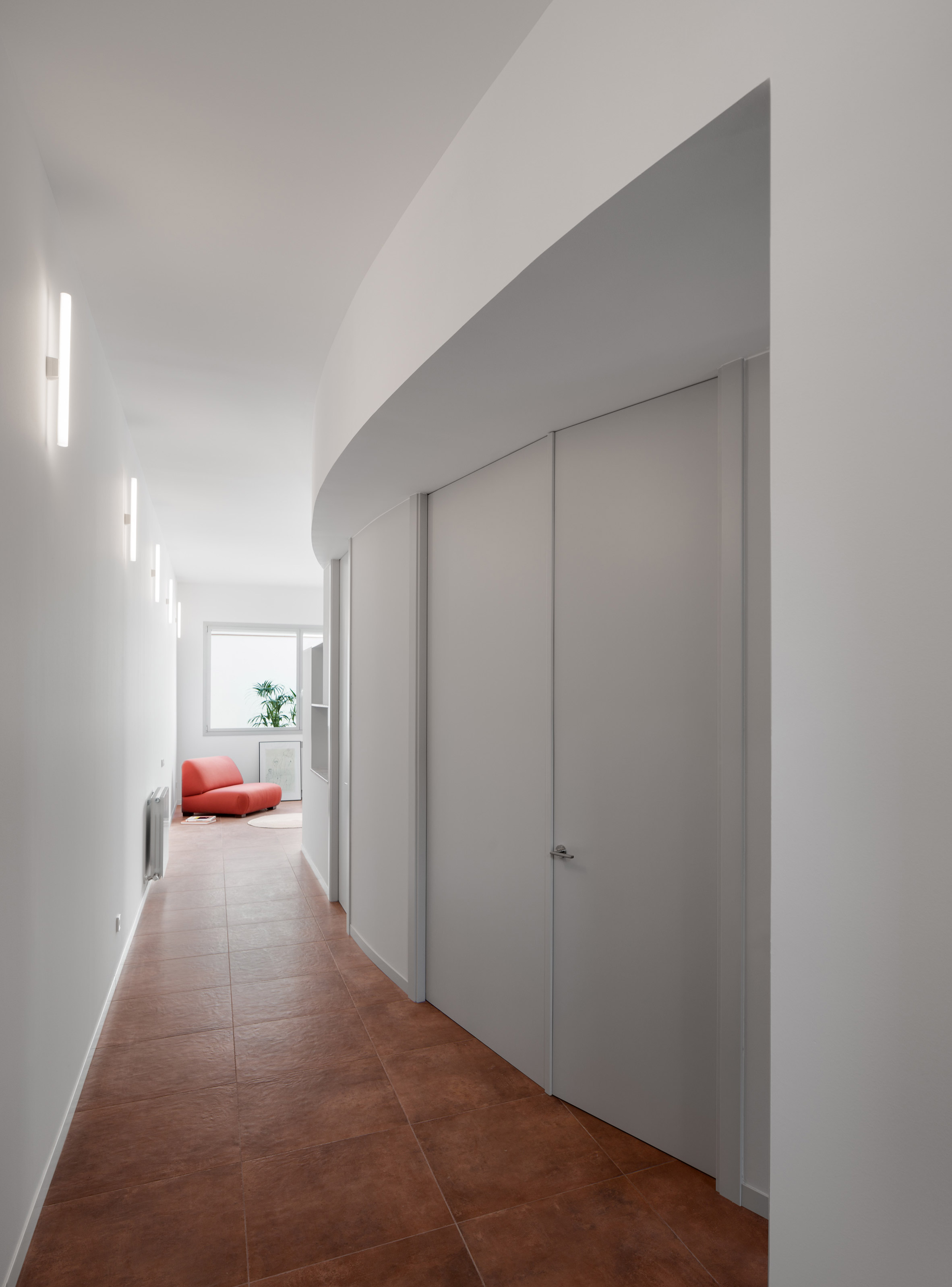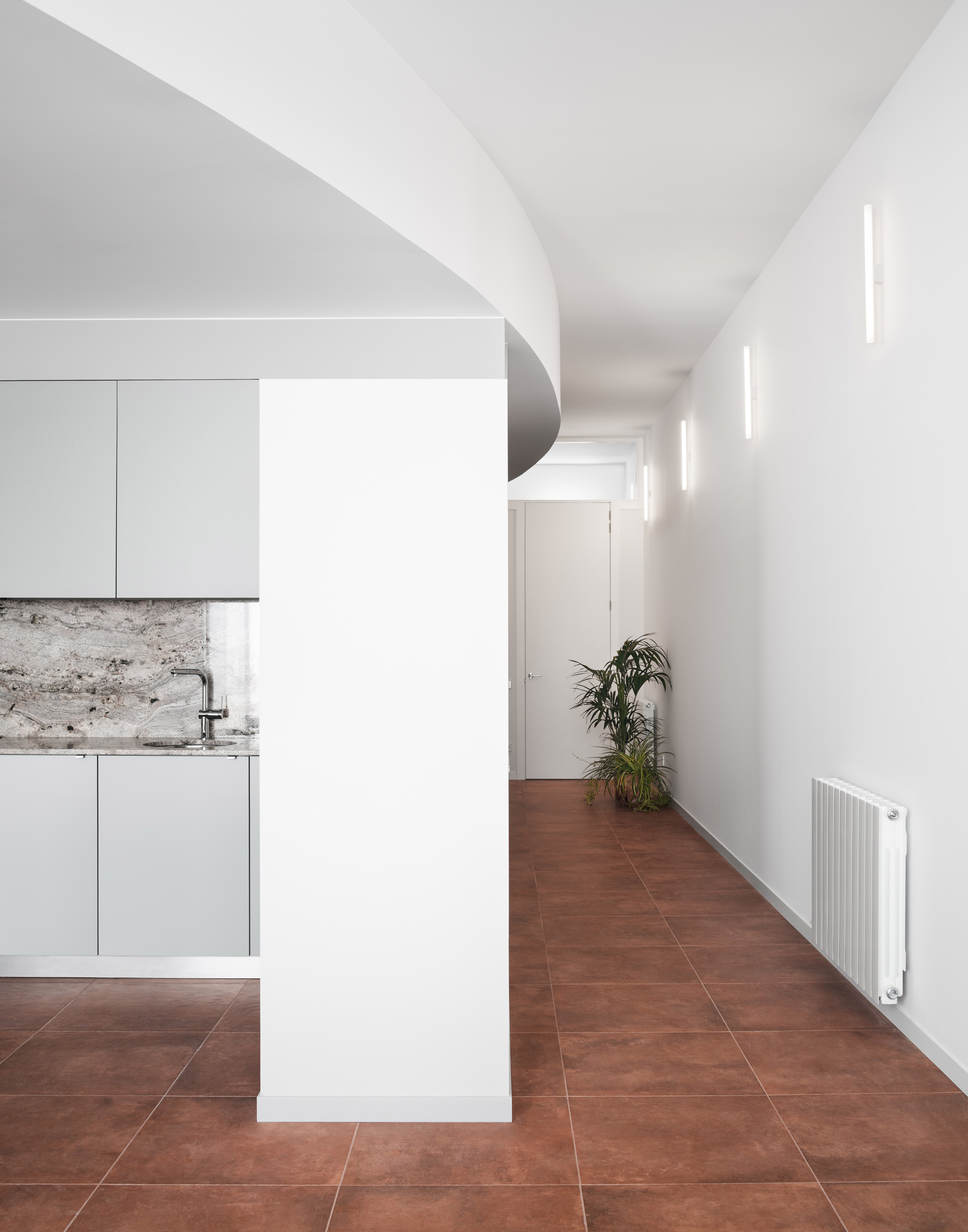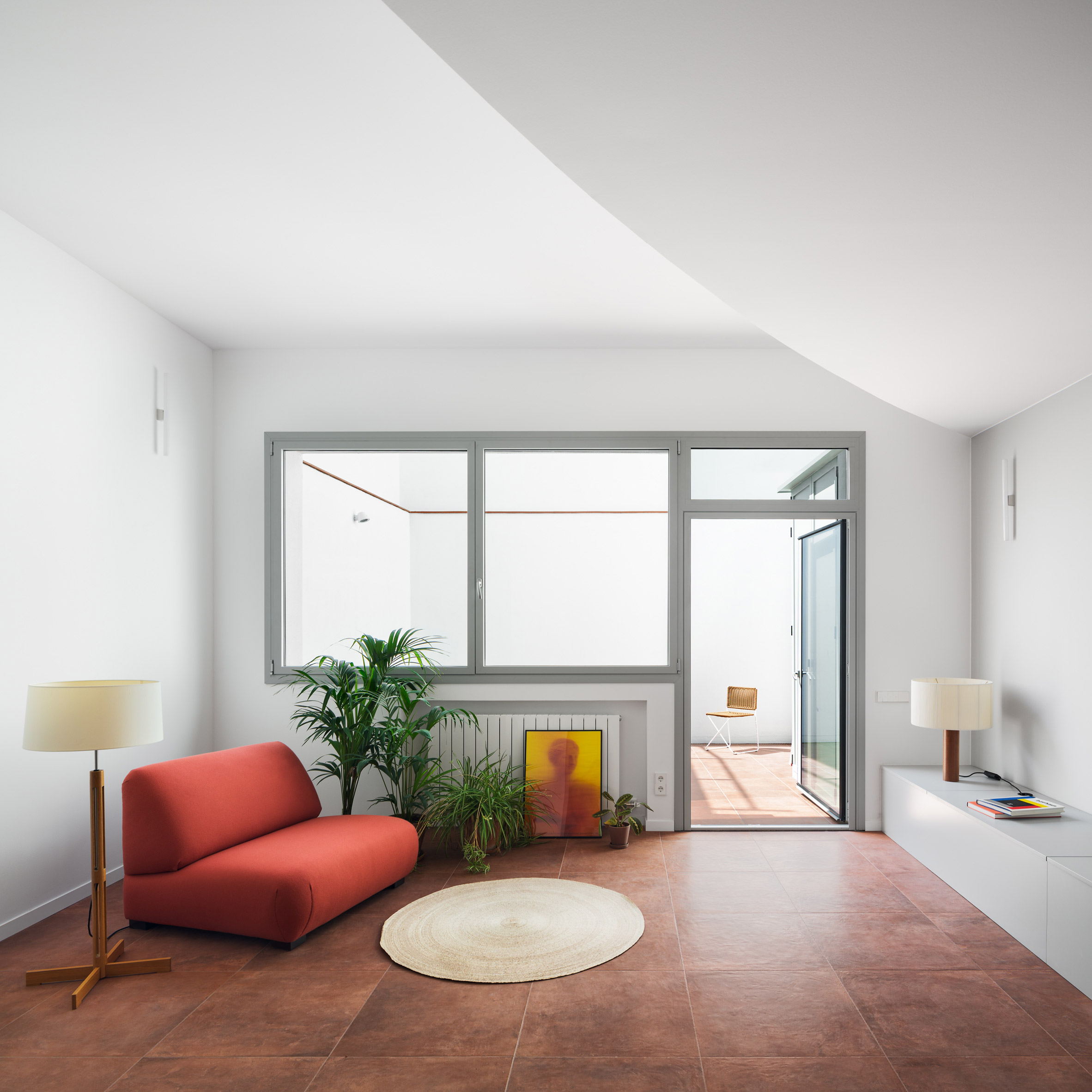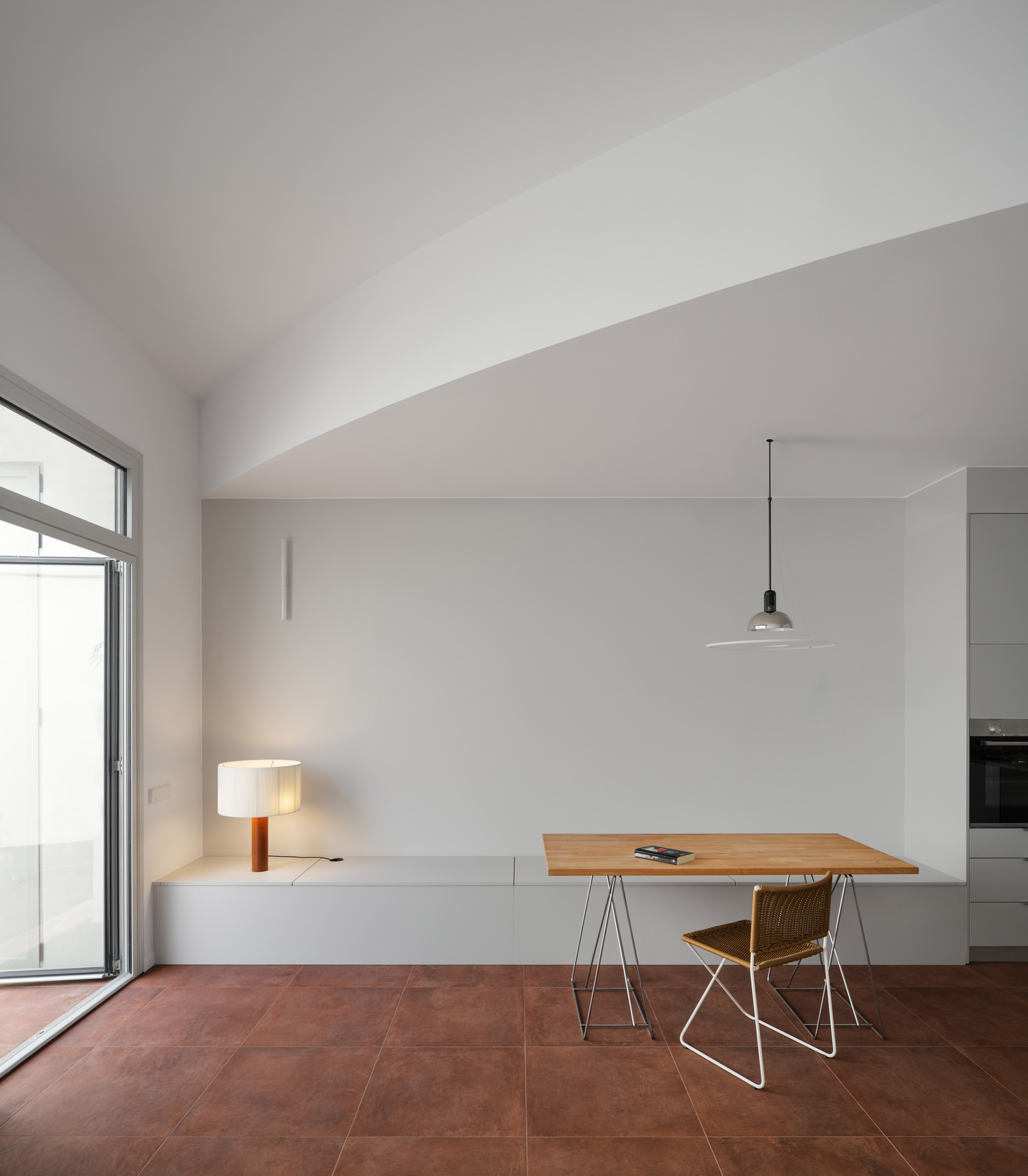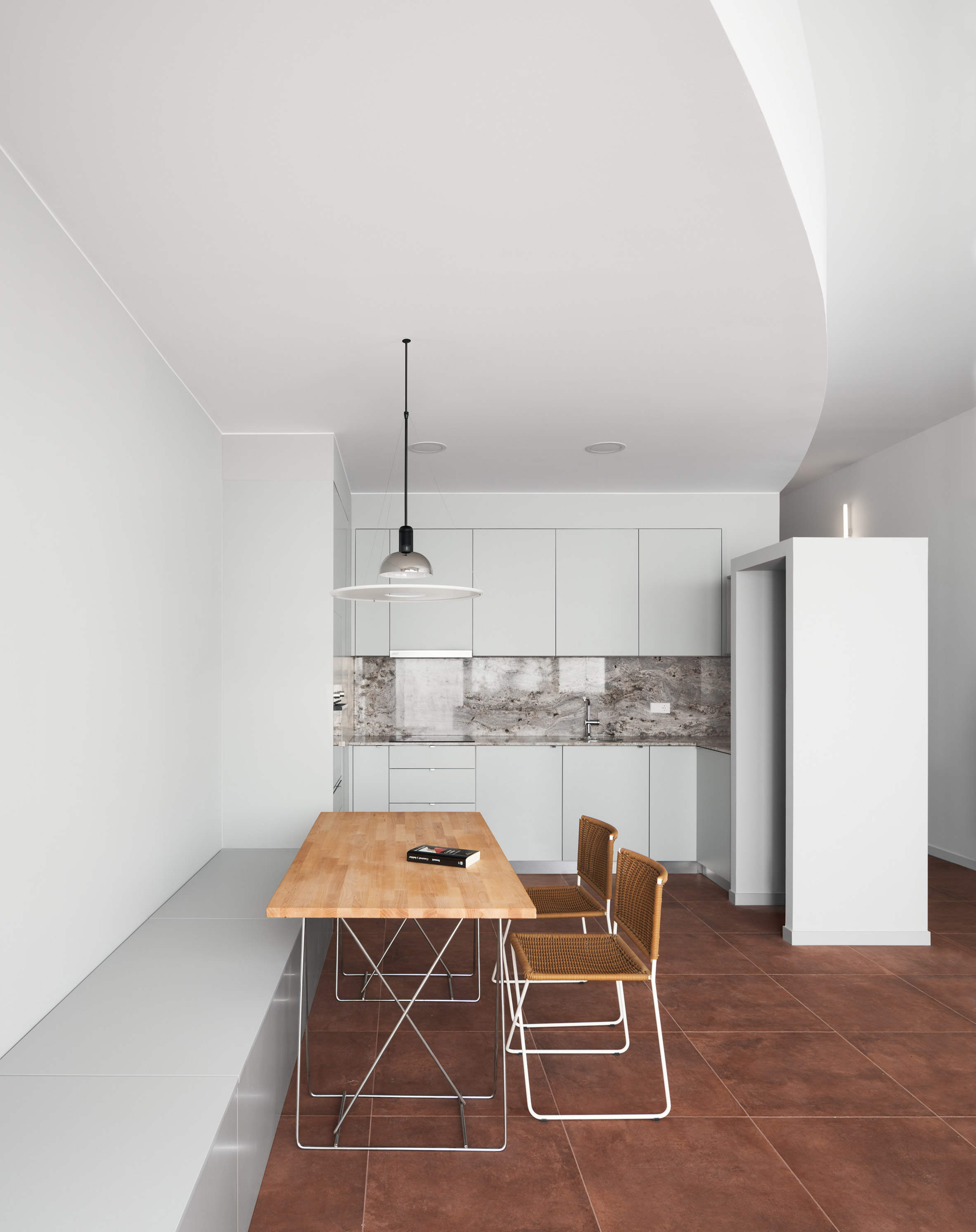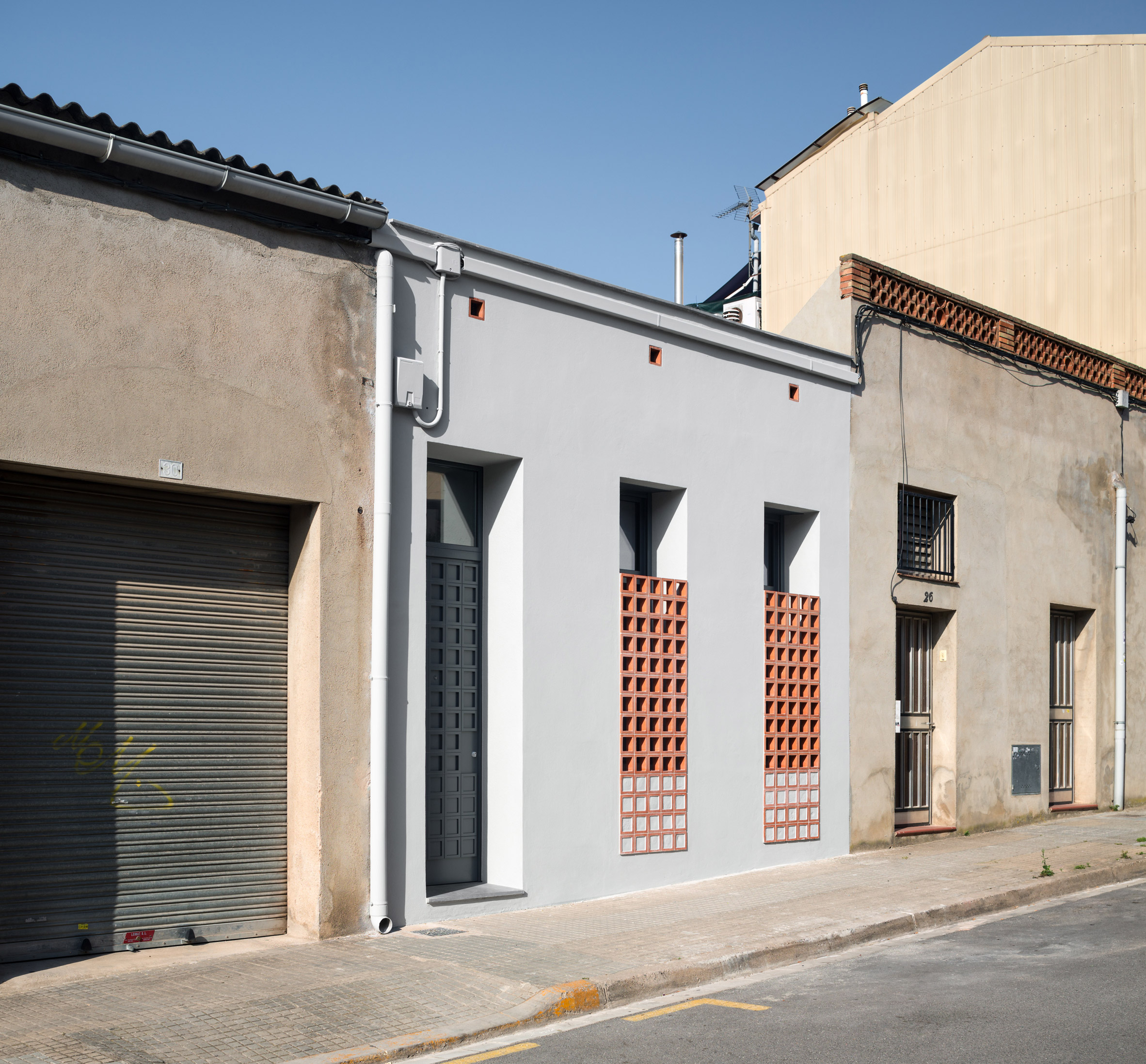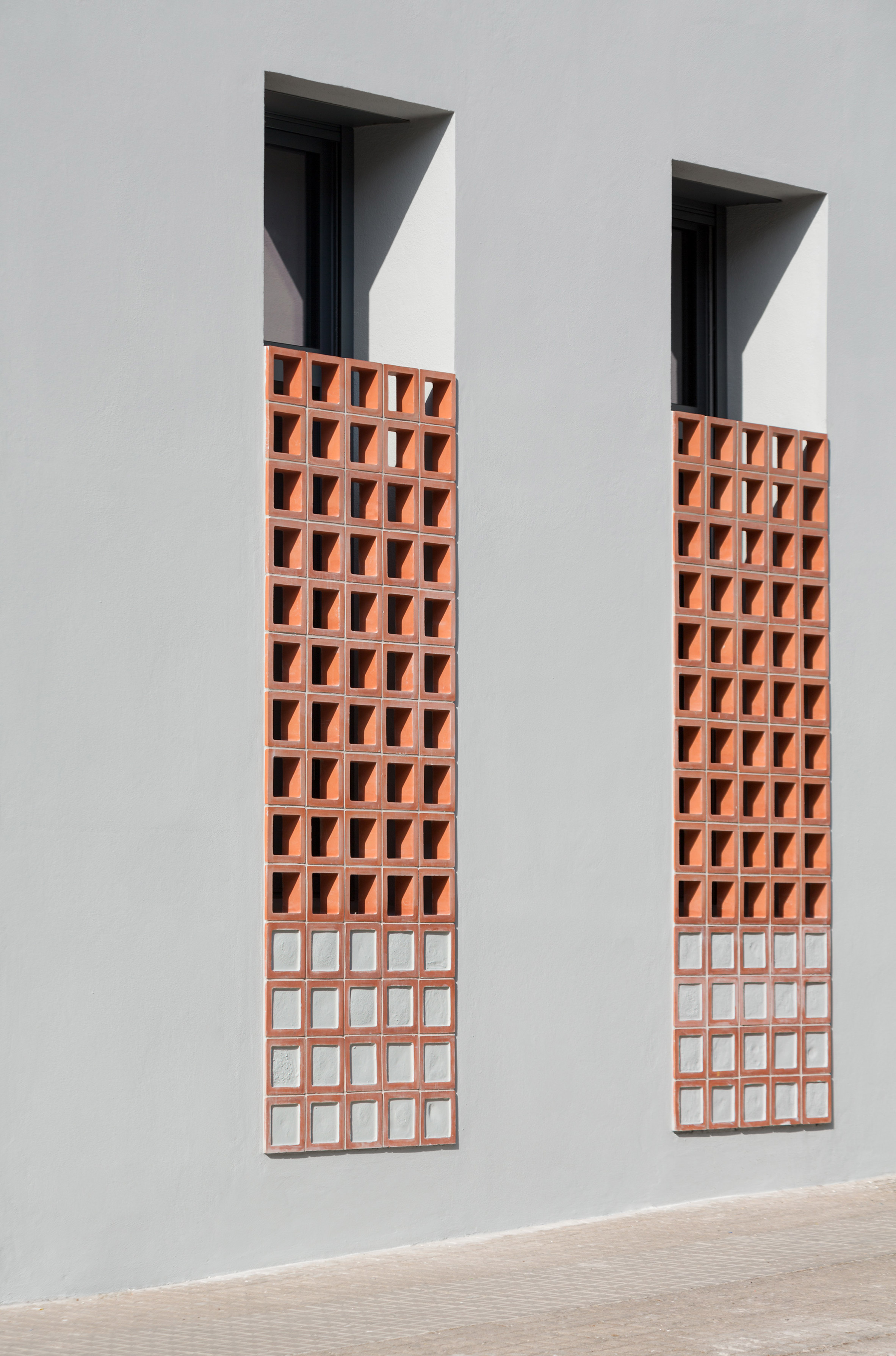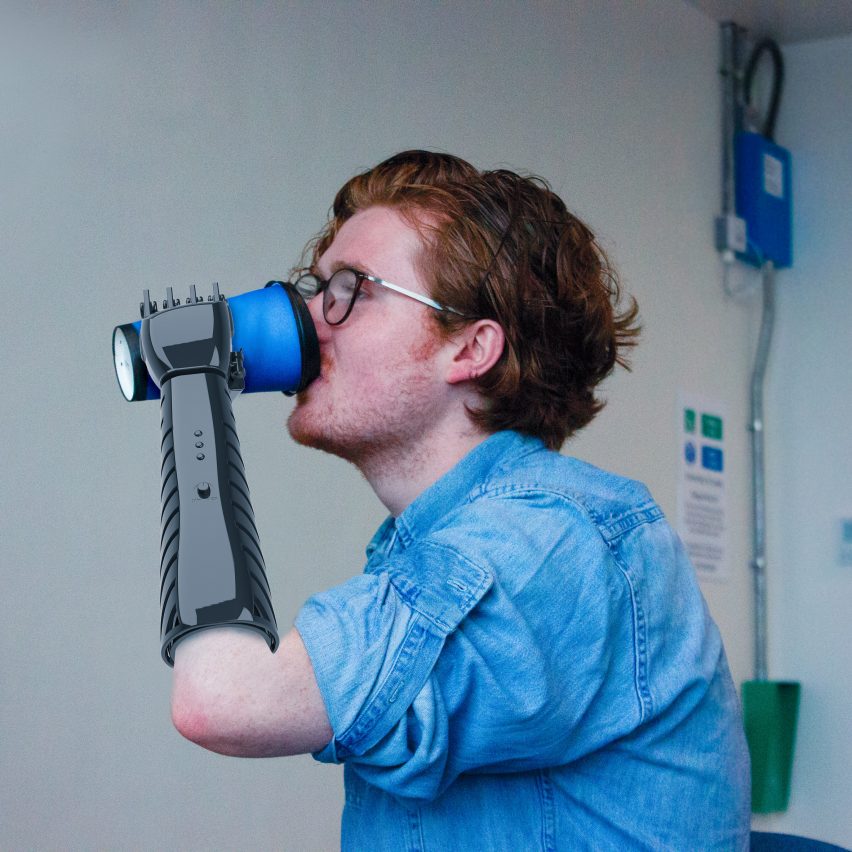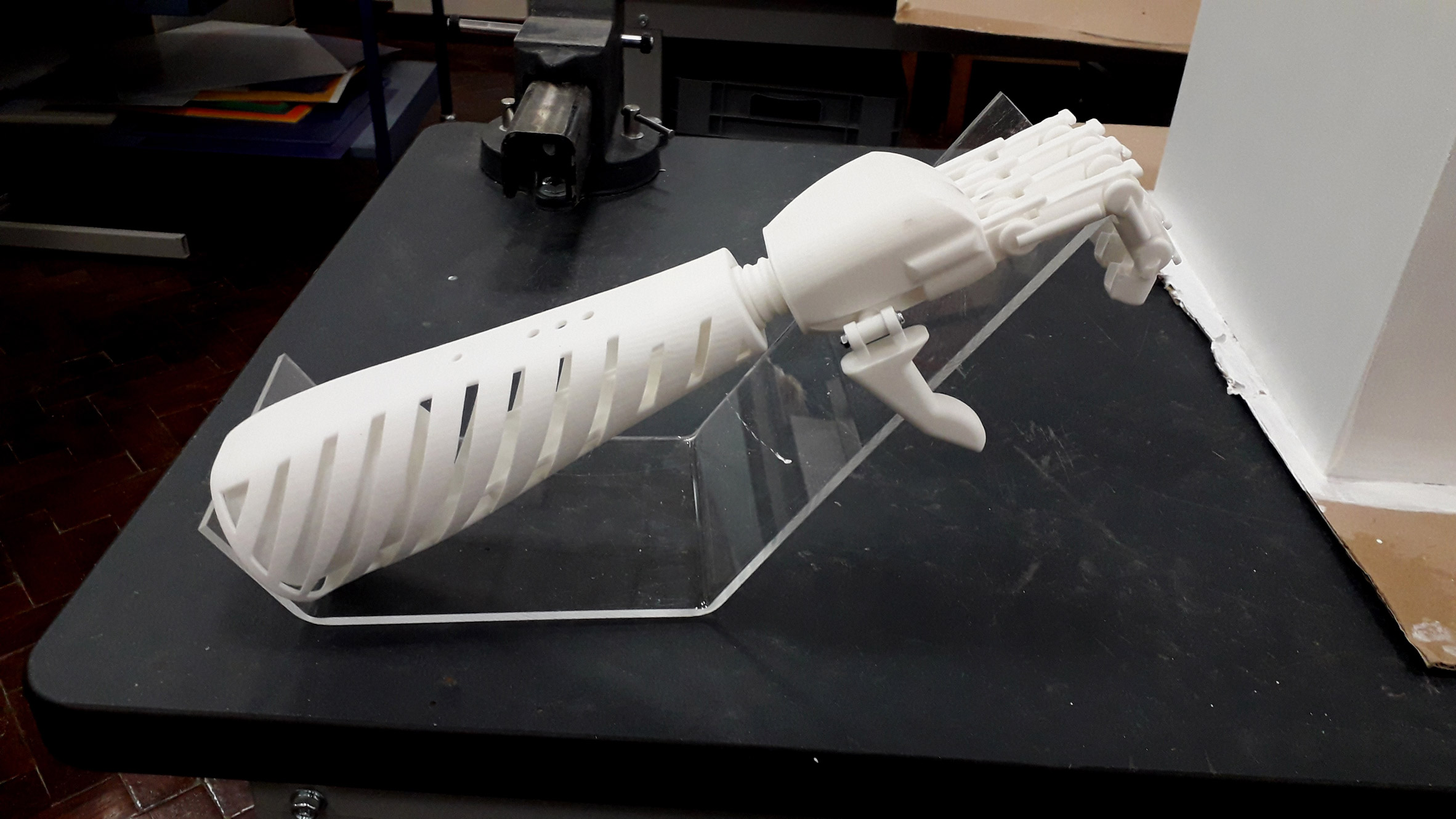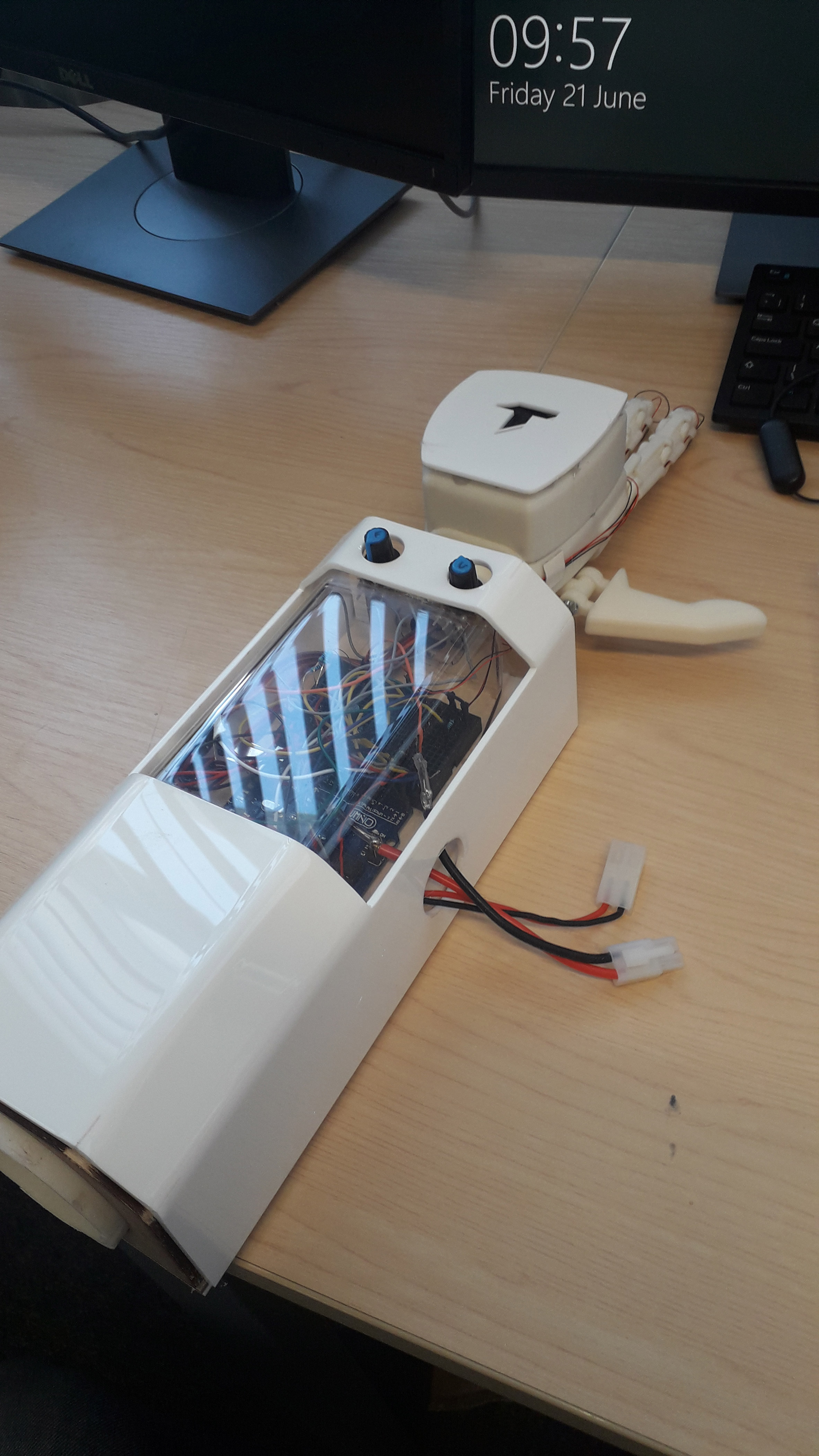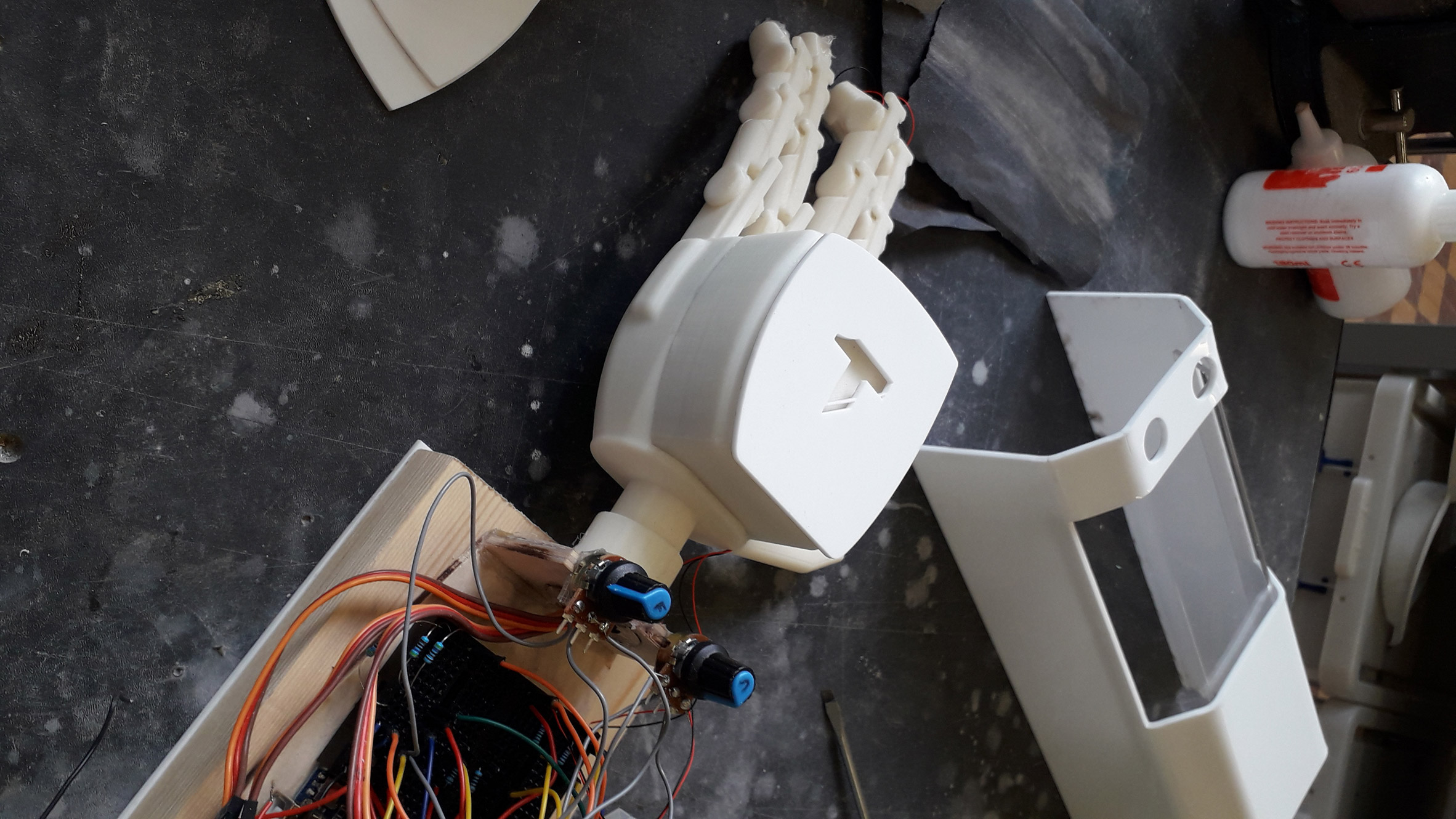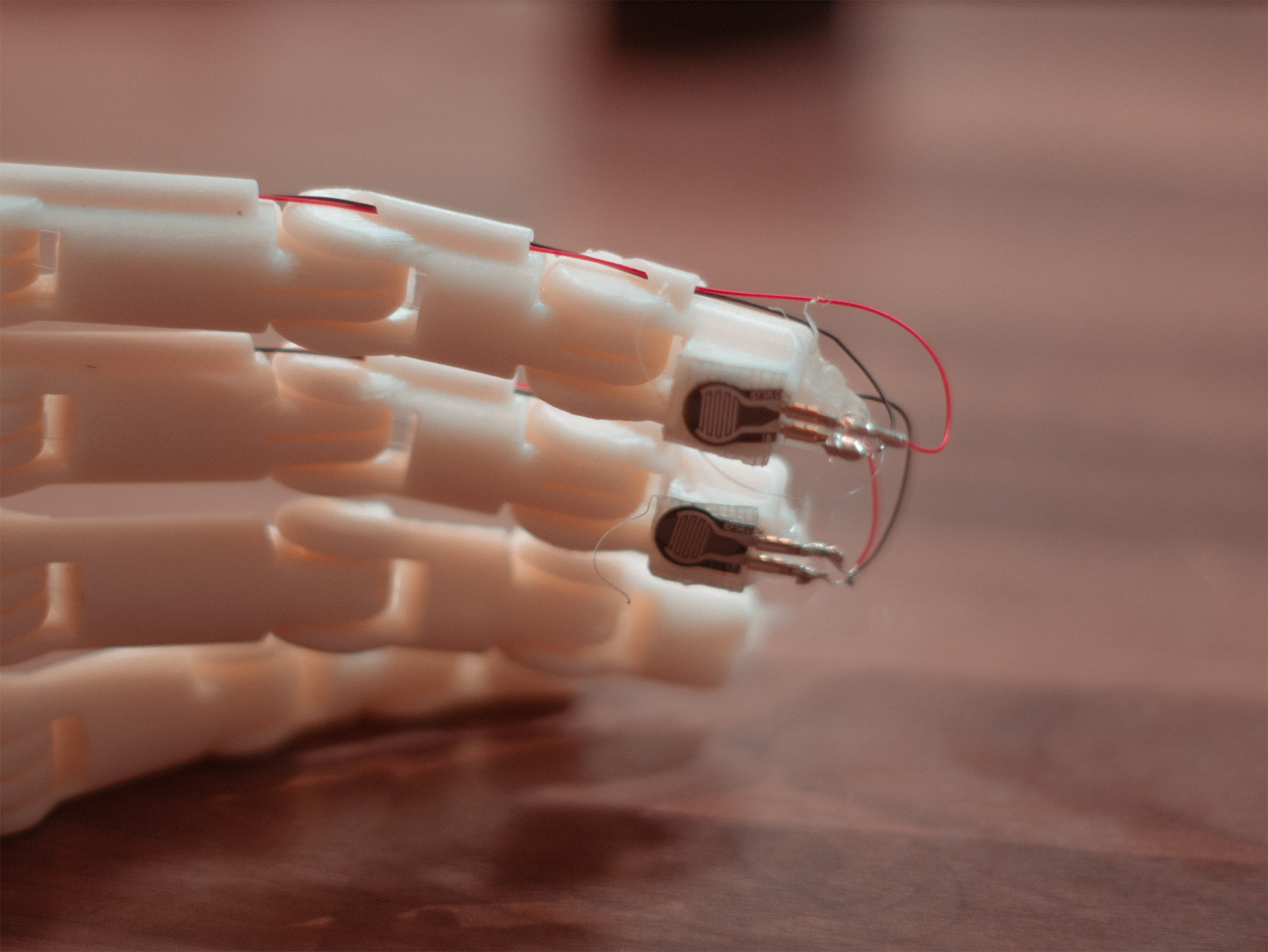There’s a lot of squirrels in Lexington, Kentucky. So many that it’s tempting to try and tune them out. But that isn’t right. Squirrels are our buddies. And just like bored pandas deserve to have their own magazines, squirrels deserve more adventurous dining options. So this business made them a little burrito restaurant.
SquirrelsSquirrelsSquirrels Burritos is the culinary collaboration of GirlsGirlsGirls Burritos, the locally-owned spot for exceptional Tex-Mex fare made by people who care, and Cornett, a Lexington ad agency with a knack for fun attention-grabbing work.
The rodent-centric establishment is a stunning scale replica of the GirlsGirlsgGirls storefront. It boasts a luxurious patio space with miniature picnic tables for al fresco dining and a vegan-friendly menu with signature items like The TrashSquirrel Burrito (organic almond butter and pepitas).
Local news was invited to cover the story for a grand opening and a ribbon-cutting ceremony. Then, of course, appreciative squirrels were treated to some little squirrel burritos.
More info: Instagram | foodandwine.com | Facebook
The Miniature Model
Twinsies
A side-by-side comparison of the original girlsgirlsgirls burritos location in Lexington, Kentucky, and the new, squirrelified version.
The Restaurant Even Has A Cute Logo
Image credits: girlsgirlsgirlsburritos
From the post on Instagram:
“Yo Lexington! Everyone’s invited to the grand opening of our second location– SquirrelsSquirrelsSquirrels Burritos–the world’s first and only restaurant designed exclusively for SQUIRRELS! We’ve got little squirrel picnic tables! Vegan squirrel burritos! It’s ALL SQUIRREL ALL THE TIME at SquirrelsSquirrelsSquirrels! Join us tomorrow behind the UK Fine Arts Building at 3 p.m. to cut the ribbon and hang out while we fatten up some fluffy tree rats for the winter!”
Making Lil’ Squirrel Burritos
Wade Hancock and Sara Wood rolling up some delectable vegan squirrel burritos with almond butter and pepitas.
The Ribbon Cutting
Cutting the ribbon to much fanfare on the University of Kentucky campus.
The Spread
Burritos, quesadillas, and an assortment of fine local beverages for our squirrelly friends’ enjoyment.
The First Guest
Our first customer went straight for the quesadillas. A wise choice.
This little squirrelly business is booming.
Yelp reviews aren’t in yet, but they seemed to dig it.
from Bored Panda https://ift.tt/36nCLXQ
